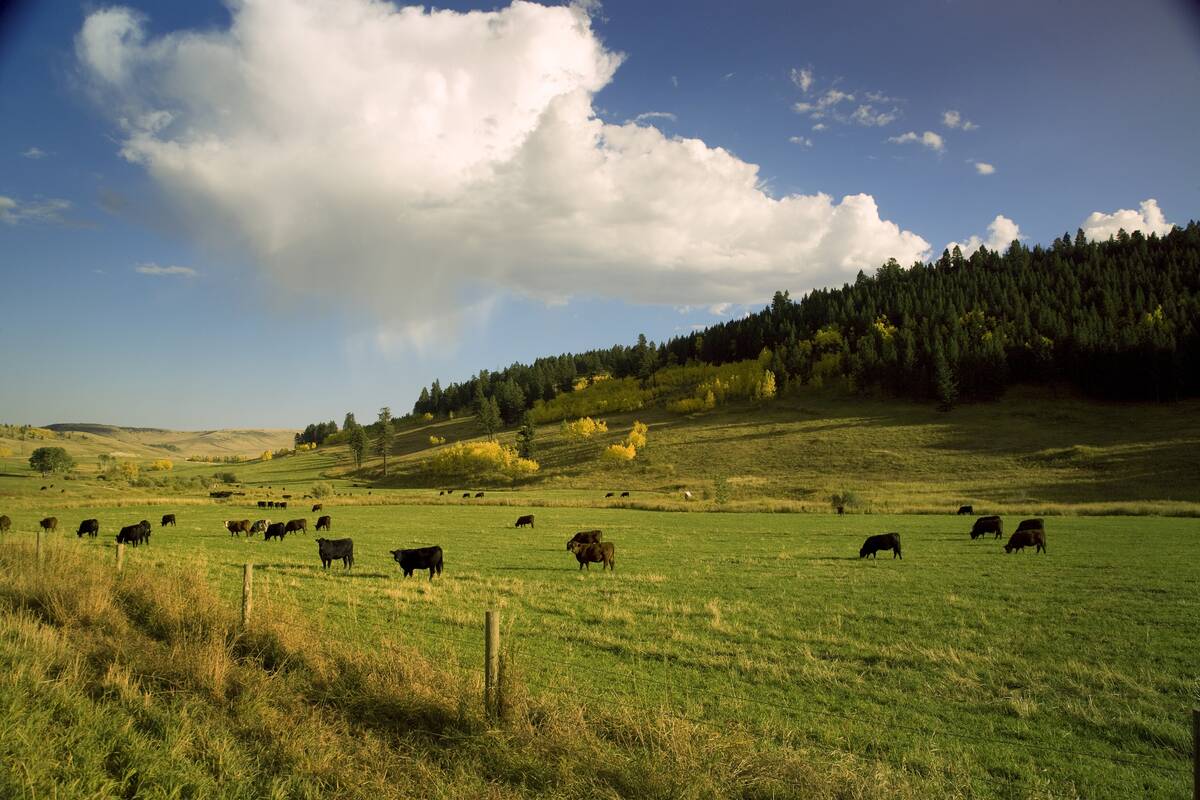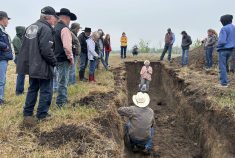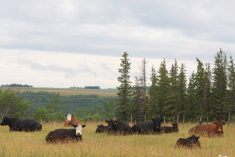The beef processing industry has been under scrutiny on both sides of the border. Low cattle prices coupled with high beef costs elicited a general feeling that cattle producers were getting the short end of the supply chain.
But the question, as always, is what are we going to do about it? There’s little appetite for more government regulation in this area, and it’s a complex enough problem that any intervention runs the risk of doing more harm than good. Many would like to see more competition — meaning more large packers or legions of smaller ones. But again, how?
Read Also

The Canadian Cattle Association’s international advocacy efforts
Global ag policies affect Canadian food policy, so the Canadian Cattle Association participates in international and domestic forums
Before we can even hope to answer any of those questions, we need to have some understanding of why people aren’t building more or expanding packing plants, big and small. Building resiliency in Alberta’s beef processing industry, a report prepared by Serecon Inc. for the Alberta government, Alberta Beef Producers, Alberta Cattle Feeders’ Association and Canadian Cattle Association, sets out to do that, at least in part. It focuses on the barriers to both federally and provincially inspected plants in Alberta and offers recommendations to encourage the expansion of the sector.
There is too much from this report to cover in one column, so I will focus on three things. The first two are specified risk material (SRM) regulations and labour, as they affect both levels of the sector. The third is capital financing, which was identified as a barrier for the provincial plants.
What struck me first was that the long tail of BSE is still with us. Since the Canadian Food Inspection Agency (CFIA) started requiring rendering facilities to segregate SRMs from other byproducts in 2007, smaller processors have been charged for both SRM- and non-SRM by-product pickup. Some have worked it into their operating costs, but it does reduce their margins. The federally regulated packers would also like to see our SRM regulations aligned with the U.S., especially since the World Organization for Animal Health deemed Canada’s BSE risk as “negligible.” Right now, a third party is assessing the risk of easing these regulations for the CFIA.
However, the number one issue is a worker shortage. This is a barrier to expansion south of the border as well, one that Steve Kay has touched on several times in his “Prime Cuts” column. In fact, this is an issue in pretty much every profession, globally, and it’s not going away anytime soon. While we have a growing global population, its growth is mainly due to people living longer, not having more children.
The provincially and federally inspected plants draw on different labour pools, so they do face different challenges. The federally inspected plants rely on foreign workers. The pandemic worsened their labour woes by, for example, halting language testing, which created a huge immigration backlog.
Changes to the Alberta Advantage Immigration Program have also created more red tape and narrowed criteria, so officials are less willing to accept relevant experience in lieu of education. This is a problem because, for example, many of the workers in federal plants come from the Philippines, and often have about a Grade 10-equivalent education. The old program accepted a Grade 10 certificate from the worker’s local village as a high school equivalent, but the new one has tightened the criteria. Other concerns cited include processing fees and paperwork, a cap on foreign workers and uncertainty about the path to permanent residency for workers. The report’s authors suggest setting aside 500 positions in Alberta for the packers, valuing two years of work experience over the typical education criteria and looking at Manitoba’s Provincial Nominee Program as a potential model.
Most provincially inspected plants recruit from domestic labour pools, which has proven challenging, to say the least. Provincial abattoirs have trouble finding workers and keeping them for more than a couple of days much of the time. They are competing with other sectors, such as oil and gas. Again, the pandemic has worsened this issue, as has the oil and gas rebound and inflation. The report also noted a gap between what people are learning in the provincial meat-cutting program and what they needed in the abattoirs, as well as a gap in expectations around salary and working conditions. One recommendation is a provincial internship program for the food processing industry, with part of the intern’s salary subsidized. An example is the Food Producer and Processor Career Internship Program in B.C.
However, another issue the provincial abattoirs face is access to capital financing. This makes it harder to upgrade equipment that would, for example, improve working conditions in these facilities. It also makes it hard to expand. National banks look at cash flow, security and management. Bankers are hesitant to finance on those criteria for a variety of reasons — for example, small processors are often working in older facilities, on leased land, so that’s a knock against them on the security side. But the report notes that Agriculture Financial Service Corporation’s agribusiness loans would fit processors’ needs. There’s little awareness about this among processors, so the report authors recommend a marketing campaign. They also suggest the provincial government talk to the feds about how the Canadian Small Business Financing Program could prioritize loan guarantees to processors. The report also notes that small processors have had more success getting financing through Farm Credit Corporation (FCC), although FCC doesn’t provide working capital.
That’s just a slice of what the report covered. As always, I welcome feedback from readers, as I’m sure many people will have interesting points I haven’t considered or had space to cover in this column. You can reach me at [email protected] or 306-450-6359.
















